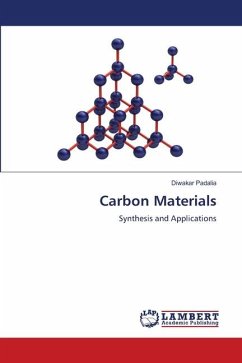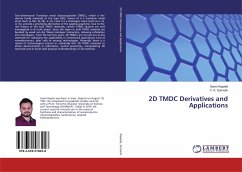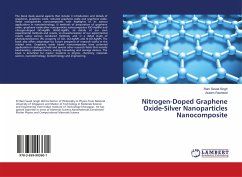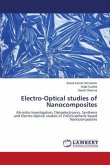Graphene literally exhibits exceptionally high carrier-mobility, offering the tantalizing possibility of all-carbon electronics. However, there is no band gap of graphene, posing a major problem for digital logic applications. To overcome this bottleneck, a band gap can be created by spatial confinement and edge effect. The graphene nanoribbons (GNRs) with pure armchair or zigzag shaped edges have been theoretically predicted a nonzero bandgap. However, their experimental realization in near-perfect geometries remains elusive. That is also the motivation to do the research of graphene nanoribbons. On the contrary, single-layer molybdenum disulfide (MoS2) has a similar structure to graphene and a direct bandgap of ~1.8 eV, which makes it a suitable channel material for low power electronics. However, the carrier mobility in monolayer MoS2 field-effect transistors fabricated on Si/SiO2 substrates is typically low. Which parameter actually dominating the mobility of single layer MoS2 needs to be further studied. Other than MoS2 crystal, several 2D materials beyond graphene will possibly be intriguing to many scientists for their fundamental physics and potential future applications.








